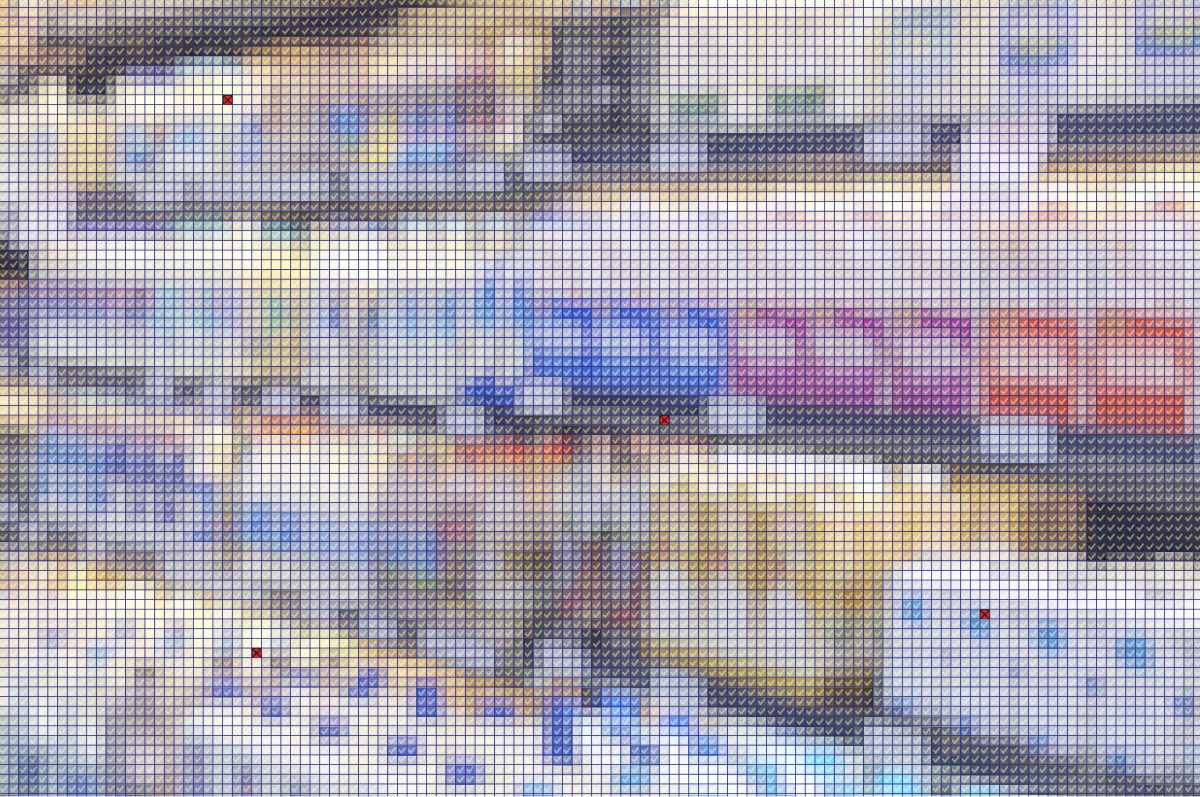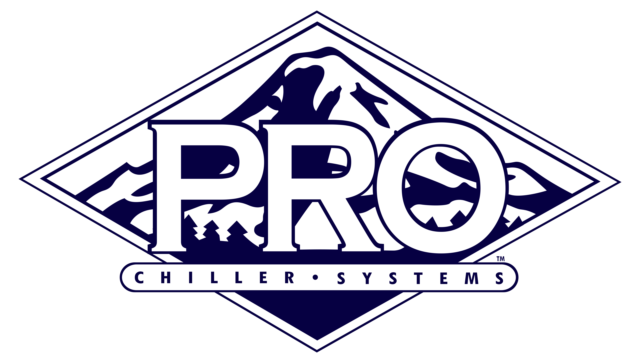 Illustration by Corey Lewis.
Illustration by Corey Lewis.The FDA annual analysis shows dairy consumers continue to be safer than ever when it comes to milk, with the industry setting another new record low for samples testing positive for animal drug residues in the past year.
During fiscal year (FY) 2022 (Oct. 1, 2021-Sept. 30, 2022), nearly 3.7 million milk samples were tested for animal drug residues. Of those, just 424 tested positive, according to FDA’s National Milk Drug Residue Database Fiscal Year 2022 report.
The Grade “A” Pasteurized Milk Ordinance (PMO), which governs the state regulatory agencies in the implementation and enforcement of their Grade A milk safety program, requires that all bulk milk tankers be sampled and analyzed for animal drug residues before the milk is processed. Any bulk milk tanker found positive is rejected for human consumption.
The number of samples testing positive for drug residues in FY22 was down from the year before, and the lowest number of milk samples that tested positive for a drug residue in the 27 years data is available, back to 1994. By fiscal year, the number of milk samples testing positive for drug residues over the past decade was:
- 2022 – 424
- 2021 – 451
- 2020 – 536
- 2019 – 556
- 2018 – 584
- 2017 – 605
- 2016 – 618
- 2015 – 579
- 2014 – 703
- 2013 – 731
- 2012 – 828
State and local agencies conduct drug residue tests at four “locations”:
- Bulk milk pickup tankers (bulk raw milk from a dairy farm): Samples are taken on receipt of every tanker load at a milk receiving facility. Of more than 3.33 million samples, 269 (0.008%, or 8 thousandths of 1%) tested positive, resulting in the disposal of 12.39 million pounds of milk.
- Producer (raw milk obtained from the bulk tank/silo from a dairy farm): Of 285,629 total samples, 151 (0.053%) tested positive, resulting in the disposal of 187,000 pounds of milk.
- Other (milk from milk plant tank/silos, milk transport tankers, etc.): Of 43,843 total samples, two tested positive, resulting in the disposal of 95,000 pounds of milk.
- Samples of pasteurized fluid milk and milk products: Finished dairy products in bulk or package form, after pasteurization, including milk, cream, condensed and dry milk and milk products, and condensed and dry whey and whey products were tested. Of 29,195 total samples, two tested positive for animal drug residues and resulted in the disposal of 38,000 pounds of milk.
Overall, about 12.71 million pounds of milk were found positive for a drug residue and disposed of in FY22, down from FY21’s total of 13.24 million pounds.
Testing for specific drugs
In addition to testing for presence of any drug residues, specific tests seek to identify residues from four different groups or individual drugs using 19 different testing methods. Since some samples are tested for more than one drug residue, nearly 3.88 million total tests were conducted, with 436 testing positive.
Of samples testing positive, 427 samples were positive for beta lactams, seven were positive for sulfonamides, two were positive for tetracyclines, and none were positive for aminoglycosides.
Of the 427 samples positive for beta lactams, 264 were drawn from bulk milk pickup tankers (both Grade A and non-Grade A), 159 were in samples drawn from bulk tanks/silos from dairy farms, and two each were from samples from milk plant tank/silos and pasteurized products.
Mandatory drug residue reporting is required by state regulatory agencies under the National Conference on Interstate Milk Shipments (NCIMS). NCIMS is a voluntary organization directed and controlled by member states to promote the availability of a high-quality milk supply.
The FDA and NCIMS, through their collaborative efforts, have developed a cooperative, federal-state program (the Grade A Interstate Milk Shippers Program) to ensure the sanitary quality of Grade A milk and milk products shipped in interstate commerce.
The National Milk Drug Residue Data Base (NMDRD) is a voluntary industry reporting program, under contract to FDA. Data reported to the NMDRD are for educational and analytical purposes, and are not intended or suitable for regulatory action or follow-up. Fiscal year 2022 marked the first year in the history of the NMDRD (since fiscal year 1999) that usage of non-validated tests was not reported.
The system includes all milk, Grade A and non-Grade A, commonly known as manufacturing grade. Grade A milk represents approximately 99% of the milk supply in the U.S. and is regulated through the NCIMS by the state regulatory agencies.






